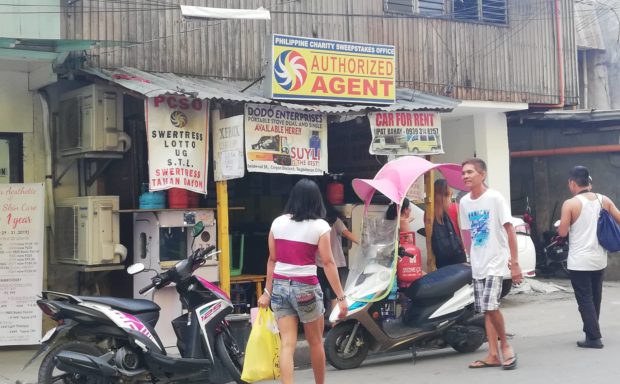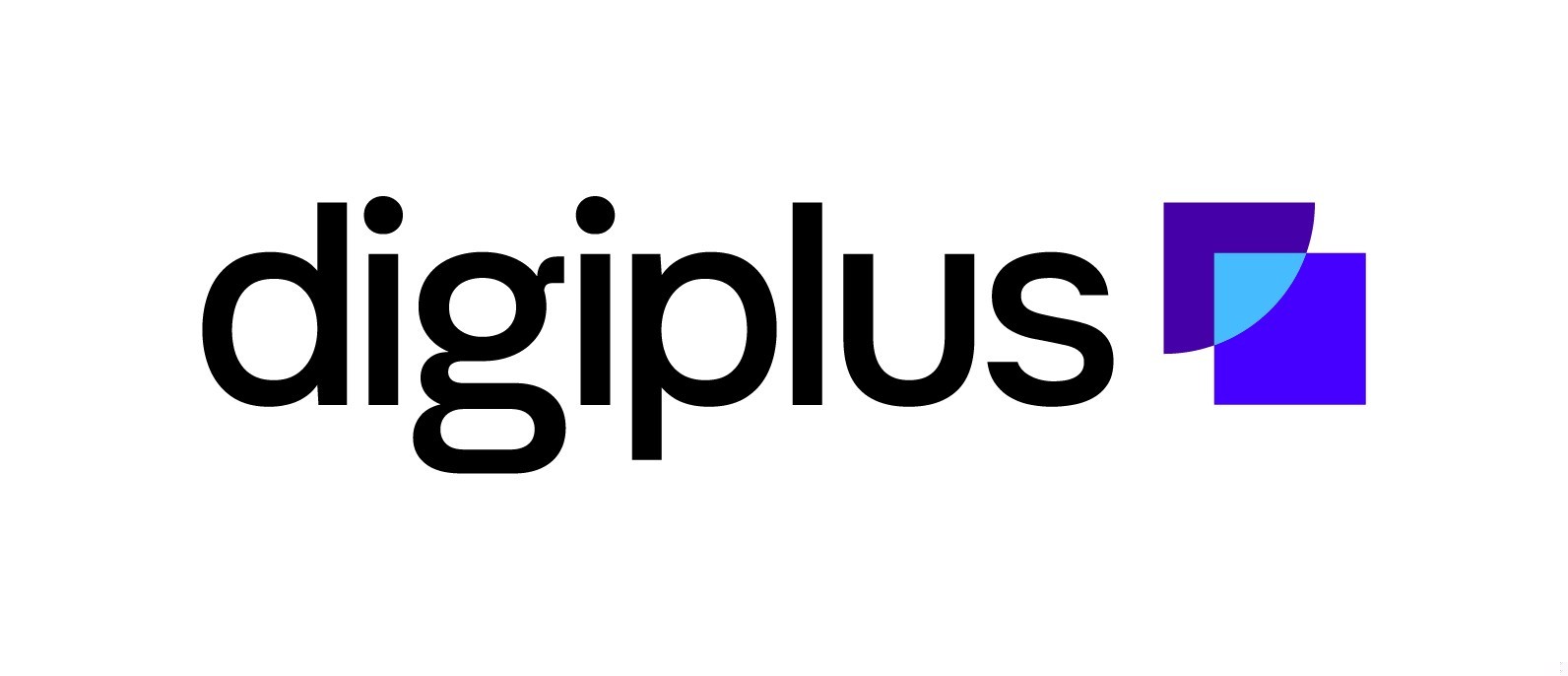By Alison Cove , Founder and CEO, USEFULL Higher education is a proving ground for innovative ideas, from incubating these ideas to advancing them. They are also hubs for sustainability-driven scholarship and innovation. At the same time, college campuses generate millions of single-use plastic containers every year through dining halls, cafes, mobile ordering platforms, and campus stadiums.
Now, campuses are facing an escalating environmental and human-health crisis resulting from single-use plastic. To combat this, innovative solutions such as reusable container programs are advancing and evolving at institutions across the country. These collegiate adopters of circular systems serve as a crucial testbed for reuse at scale.

Northern Arizona University (NAU) offers a compelling example of this commitment to innovation, sustainability, and operations. After implementing a plastic-based reuse program in campus retail dining, NAU faced widespread challenges: containers were not durable, not returned, and barely used. In an entire academic year, only 877 containers were checked out on a 28,000-student campus.
After transitioning to a plastic-free, tech-enabled reuse program—supported by funding from the university’s Green Fund—NAU saw dramatic improvements. The program was made a required part of to-go ordering and has achieved more than 140,000 container checkouts in the last year with a loss rate of just 0.26%.
From fewer than 900 annual checkouts to nearly 150,000 in just one year, the transformation is a clear case for what happens when reuse is designed for real-world use. NAU has been recognized with an Arizona Forward award, a state sustainability award recognizing environmental excellence award within the circular economy. Additionally, the school is expanding the program from three retail locations to ten this fall.
For NAU students, reuse is now a part of their regular routine. The program is convenient, keeps plastics away from student meals, and achieves the environmental goal of less trash. While colleges and universities have been at the forefront of reuse adoption, especially in residential dining and at retail locations as with NAU, and many institutions have taken steps to encourage recycling or switch to compostable packaging, these efforts must accelerate to drive the systemic change needed to reduce waste and exposure to plastic-derived toxins.
The science is clear: truly circular reuse—not recycling—is the path to achieving meaningful sustainability goals, reducing emissions, and safeguarding public health. That starts with a commitment to going plastic-free. It’s time for higher education to lead the next evolution of campus reuse and reusable packaging.
Plastic is no longer just an environmental issue. Research is uncovering plastic’s deeply concerning effects on human health, particularly microplastics and nanoplastics, which are now found in our blood, organs, the food we eat and water we drink. A growing number of studies have shown that takeout containers made from polypropylene, PET, and polystyrene shed microplastics into food, especially when exposed to heat or acidic contents.
Students eating takeout from plastic containers even a few times a week are ingesting a significant quantity of plastic particles. Reusable plastic containers, while thicker and more durable, pose similar health risks, especially when microwaved. Over time, they also degrade and release particles, with recent studies showing they can leach endocrine-disrupting chemicals linked to developmental issues and chronic disease.
This is not a hypothetical future. It’s happening now. As institutions committed to research, equity, and leadership, colleges and universities must respond by examining materials, processes, and research around this waste crisis.
Many are setting the tone by implementing reuse and eliminating plastics where possible. While the idea of reusable takeout containers isn’t new, earlier generations of reuse systems have failed not just due to lack of ubiquity, but lack of accountability. Technology has changed that equation.
Modern reuse systems incorporate durable, plastic-free containers with campus ID integrations or mobile tools like apps that allow students to check out, return, and track participation at individual and institutional levels. These systems now function at the scale needed for residential dining halls, retail locations, stadiums, and events. While innovation continues to happen in the reuse space, implementation and adoption is the real key to measurable success.
Reusable programs are campus imperatives. They must align with financial benchmarks, prove cost-effective, meet student needs from both health and practical use standards, and deliver the ability to move from launch in a residential dining hall to large-scale implementations across campuses wherever takeout is a choice. For decades, recycling was marketed as the solution to plastic waste.
But the truth is increasingly difficult for eco-conscious students and campuses to ignore: most plastic isn’t recycled. According to Greenpeace, less than 6% of U.S.
plastic waste is successfully recycled, and most plastics can only be recycled once or twice before being downcycled or discarded entirely. Compostables, though appealing in theory, face similar structural barriers. Industrial composting facilities are not widely available, and many types of packaging labeled “compostable” still end up trapped in landfills releasing methane due to contamination or improper disposal.
Too often, compostables function more like expensive trash. By contrast, well-run reuse programs with sustainable materials and an effective reuse process end the cycle of constant production and disposal. It closes the loop and removes the burden of contributing takeout containers to higher ed institutions’ waste streams.
The University of North Carolina Wilmington initially launched a plastic container reuse program for residential dining. But the program suffered a 96% container loss rate making it unsustainable both financially and operationally. Students weren’t returning containers, and the campus was left constantly reordering replacements.
This semester, the school launched a tech-enabled stainless steel container system and is seeing significantly increased usage and near zero container loss rates. Similarly, a small liberal arts college in the Midwest reported nearly 60% loss rates with its reuse program until it integrated a digital tracking tool. After implementation, container loss dropped to under 1%, enabling the college to achieve real circularity.
These examples illustrate what many in higher ed are learning firsthand: reusables work only when systems are well-designed, containers are durable, and user accountability is baked in. Impact requires resilience, commitment, and infrastructure. Transitioning to a campus-wide, plastic-free reuse system does more than cut plastic pollution.
It also helps critical areas including waste diversion, student well-being, and financial sustainability, addressing: Operational Savings: Reuse reduces purchasing and waste-hauling costs. User Engagement: Programs that include education and real-time impact metrics empower students to become active sustainability participants. Student Health: Removing plastic from the dining equation protects students from the negative health impacts of microplastic exposure.
Certification & Recognition: Reuse supports AASHE STARS, GRA, LEED, and other third-party certifications that increasingly shape institutional rankings and funding. The impact of campus food service on our environment is an enormous and highly visible issue. Prospective students, collegiate communities, and donors are all taking note.
More than 60% of high school students who participated in The Princeton Review’s 2024 College Hopes & Worries Survey said that information about a college’s commitment to the environment would affect their decision to apply to or attend the school. For campuses that haven’t yet adopted a comprehensive plastic-free reuse program, the first step is a clear-eyed assessment: What percentage of takeout uses single-use or plastic packaging? Are there existing reuse efforts and what are their limitations? Can campus dining systems integrate with tracking tools and campus card technologies? What partnerships, policies, or funding mechanisms already exist to support a transition? The higher education sector is a catalyst for progress, and plastic-free reuse is part of the next frontier. Sustainability offices, student governments, and auxiliary services can collaborate to make a plastic-free reusable program come to life on campus, addressing an urgent environmental threat, adhering to institutional sustainability goals, and protecting the very people campuses are designed to serve.
Finally, as the founder and CEO of USEFULL, I believe you cannot solve a plastic problem with more plastic. It’s why I started the company: to galvanize reuse in the healthiest, most sustainable way possible. We must commit to eliminating plastic and single-use packaging from the takeout stream at college dining operations, protect students from microplastics, and drive lasting behavior change around reuse.
Alison Cove is the founder and CEO of USEFULL, the only tech-enabled, plastic-free takeout container solution for college and university campuses. CleanTechnica's Comment Policy LinkedIn WhatsApp Facebook Bluesky Email Reddit.
Business

Plastic-Free Reuse is No Longer Optional on Campus

By Alison Cove, Founder and CEO, USEFULL Higher education is a proving ground for innovative ideas, from incubating these ideas to advancing them. They are also hubs for sustainability-driven scholarship and innovation. At the same time, college campuses generate millions of single-use plastic containers every year through dining halls, cafes, ... [continued]The post Plastic-Free Reuse is No Longer Optional on Campus appeared first on CleanTechnica.















